Самые популярные категории

Аппаратное и программное компьютерное обеспечение

Универсальные аксессуары и запчасти

Оборудование для презентаций

Используется для электроники

Другая бытовая электроника

Зарядные устройства, аккумуляторы и блоки питания

Мобильный телефон и аксессуары

Видеоигры и аксессуары

Портативные аудио- и видеоприборы и аксессуары

Фотоаппараты, видеокамеры и аксессуары

Аудио- и видеоприборы для дома и аксессуары

Электронные публикации

Очки виртуальной реальности VR, AR, г-н Оборудование & ПО

Наушники

Динамики и аксессуары

Умная электроника
About products and suppliers
обычный вал - это аппаратные сегменты компьютера, которые помогают вам видеть изображения на мониторе / экране. Данные преобразуются в сигнал с помощью. обычный вал, которые помогают отображать изображения на экране с высоким качеством, разрешением и общим внешним видом. обычный вал также являются важными компонентами для игр и широко используются в производстве. содержания. Каждый процесс, связанный с проецированием изображения на экран или монитор, рассчитывается ими.
обычный вал работают вместе с процессором. Программные приложения, работающие совместно с процессором, отправляют цифровые данные в формат. обычный вал. Файл. обычный вал затем вычисляет решение об использовании пикселей для преобразования цифровых данных в изображения и отображения их для пользователей.
Хотя. обычный вал не являются обязательным оборудованием для всех компьютеров, но являются обязательным оборудованием для людей, занимающихся играми, фотошопом или редактированием видео. Такие приложения, как Adobe Photoshop, не работают без. обычный вал установлено на вашем устройстве. Если вы ищете последние версии в. обычный вал, настройтесь на Alibaba.com и откройте для себя широкий спектр вариантов, из которых вы обязательно найдете тот, который соответствует вашим требованиям.
< br> Обеспокоены непомерными затратами, которые возникают при покупке продуктов с новейшими функциями? Что ж, не беспокойтесь больше, потому что Alibaba.com предлагает непреодолимые предложения на товары любого диапазона цен, то есть от низкого до высокого и среднего. Это распространение. обычный вал во всех брендах помогает покупателям оставаться в рамках бюджета и получать удовольствие от покупки. Спешите до истечения срока действия предложения!
Хотя. обычный вал не являются обязательным оборудованием для всех компьютеров, но являются обязательным оборудованием для людей, занимающихся играми, фотошопом или редактированием видео. Такие приложения, как Adobe Photoshop, не работают без. обычный вал установлено на вашем устройстве. Если вы ищете последние версии в. обычный вал, настройтесь на Alibaba.com и откройте для себя широкий спектр вариантов, из которых вы обязательно найдете тот, который соответствует вашим требованиям.
< br> Обеспокоены непомерными затратами, которые возникают при покупке продуктов с новейшими функциями? Что ж, не беспокойтесь больше, потому что Alibaba.com предлагает непреодолимые предложения на товары любого диапазона цен, то есть от низкого до высокого и среднего. Это распространение. обычный вал во всех брендах помогает покупателям оставаться в рамках бюджета и получать удовольствие от покупки. Спешите до истечения срока действия предложения!

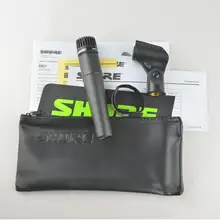
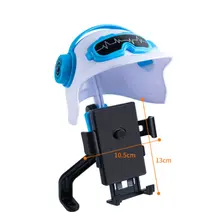
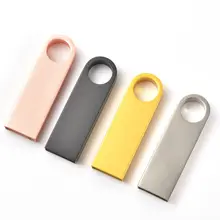






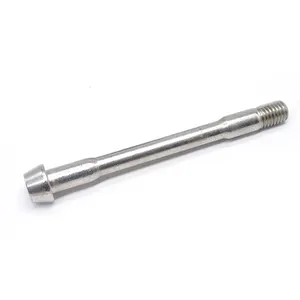

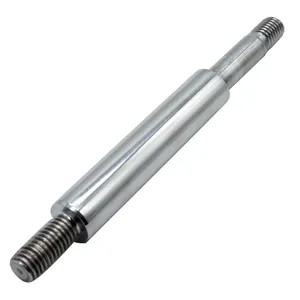

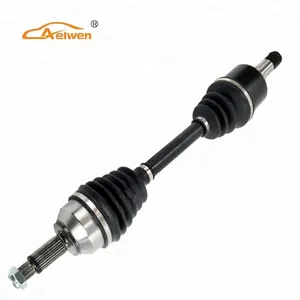
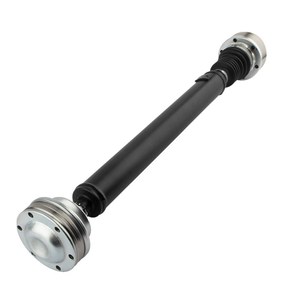








 浙公网安备 33010002000092号
浙公网安备 33010002000092号 浙B2-20120091-4
浙B2-20120091-4